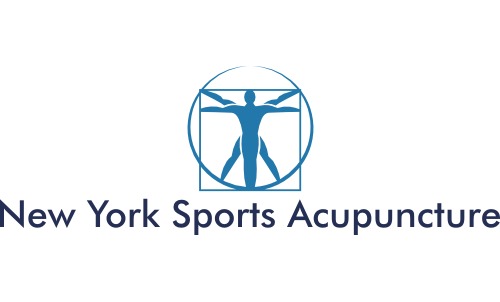Natural Ways to Up Your Game
In addition to using acupuncture and other forms of traditional
Chinese medicine, there are other ways athletes seek to up their game as the
2016 Olympics round the corner. One of the simplest ways to increase
performance is by watching what you are consuming. You ever heard the saying
you are what you eat? Chances are you have, if not, well I am glad that now you
have, because there could not be a truer statement.
By carefully calculating what we put into our bodies we can increase
athletic performance in addition to bettering all aspects of our life. It
doesn’t have to all start with a full meal, there are little additions you can
make to foods and snacks within your normal dietary routine, which will
increase performance and herbs are one of the most crucial things to add to
your diet in order to better your physical potential.
Arnica – Arnica is an herb native to the mountains known for its very
interesting and healing properties. Arnica is utilized by lots of distance
runners. It is known to wipe out muscle soreness, which is pent up after
long-distance runs. Some popular ways arnica is consumed, is in teas and
dairy-based desserts. It will help you help those muscles so you can sustain a
high level of athletic performance.
Astragalus – Ah, another fun name to say. But, a very beneficial name
to be saying, it is always good to have astragalus around the house. This herb
is known to boost overall health and goes by the names Huang Chi or Huang Qi.
With names like that, which directly apply to energy, you know it is a good
choice to increase your performance.
Straying away from the herb’s side of things, let’s look at some
specific foods to add to your diet in order to boost energy and performance
levels.
Beets – Beetroot contains lots of nitrates and does wonders for your
circulatory system, this is key for an athlete. You need to have a
healthy-functioning circulatory system in order to complete the tasks you wish
to accomplish, adding a steady dose of this veggie to your diet will help with
that.
Salmon – How many times can you say Omega-3s? Omega-3s, Omega-3s,
Omega-3s. What a coincidence, three times! But, truthfully you could say
Omega-3s much more than this amount. Salmon, like most fish, is packed full of
these fatty acids, which are great for muscle repair and anti-inflammatory
properties.
Whether it be adding a powerful-enhancing herb to your day to day
routine, or changing some of the foods you eat within your diet, there are vast
amounts of ways to up your game naturally. We are barely scratching the surface
with this list. Don’t forget, acupuncture is also one of the best ways to
increase athletic performance, so make an appointment today.
Bishara Wilson
New York Sports Acupuncture
888.375.5444



